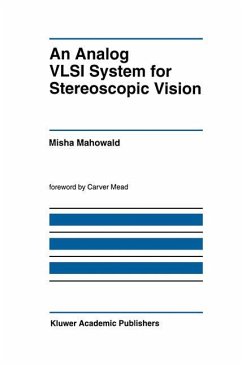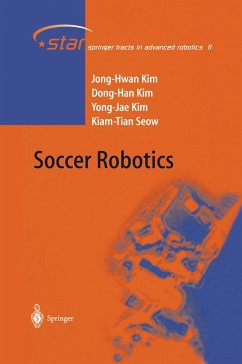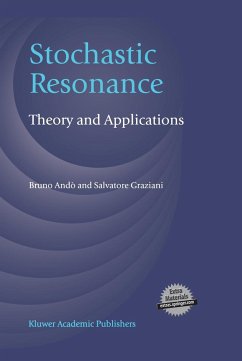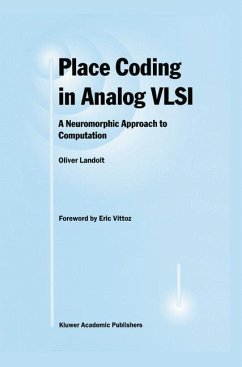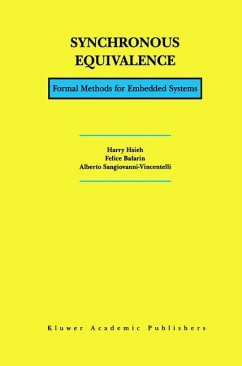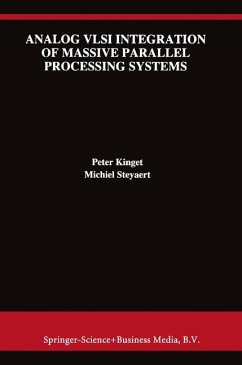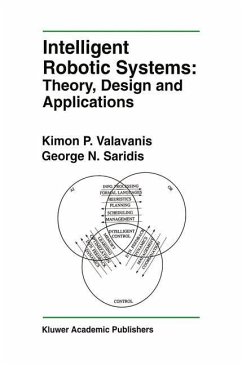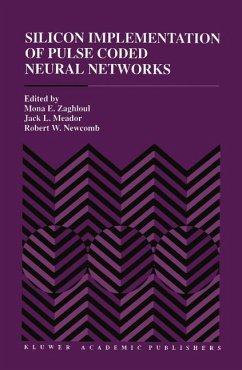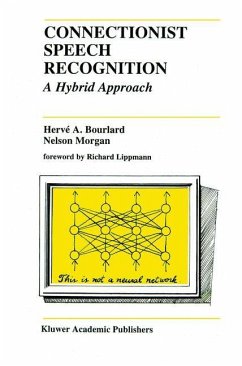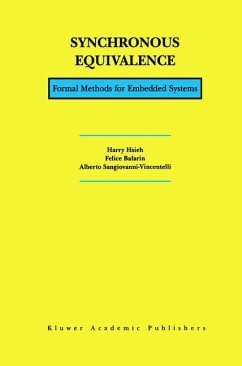
Adaptive Resonance Theory Microchips
Circuit Design Techniques
Versandkostenfrei!
Versandfertig in 1-2 Wochen
115,99 €
inkl. MwSt.
Weitere Ausgaben:

PAYBACK Punkte
58 °P sammeln!
Adaptive Resonance Theory Microchips describes circuit strategies resulting in efficient and functional adaptive resonance theory (ART) hardware systems. While ART algorithms have been developed in software by their creators, this is the first book that addresses efficient VLSI design of ART systems. All systems described in the book have been designed and fabricated (or are nearing completion) as VLSI microchips in anticipation of the impending proliferation of ART applications to autonomous intelligent systems. To accommodate these systems, the book not only provides circuit design technique...
Adaptive Resonance Theory Microchips describes circuit strategies resulting in efficient and functional adaptive resonance theory (ART) hardware systems. While ART algorithms have been developed in software by their creators, this is the first book that addresses efficient VLSI design of ART systems. All systems described in the book have been designed and fabricated (or are nearing completion) as VLSI microchips in anticipation of the impending proliferation of ART applications to autonomous intelligent systems. To accommodate these systems, the book not only provides circuit design techniques, but also validates them through experimental measurements. The book also includes a chapter tutorially describing four ART architectures (ART1, ARTMAP, Fuzzy-ART and Fuzzy-ARTMAP) while providing easily understandable MATLAB code examples to implement these four algorithms in software. In addition, an entire chapter is devoted to other potential applications for real-time data clustering and category learning.





